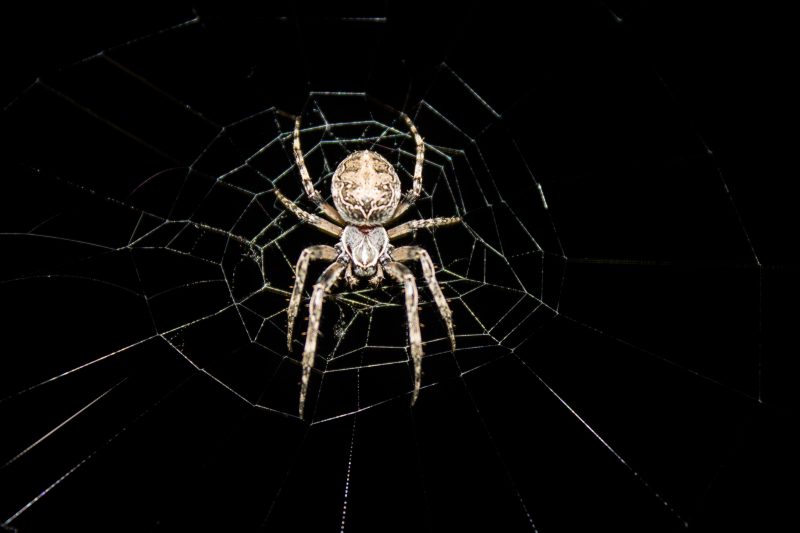It is here, the tales tell us, that Robert came into contact with a spider, and the future of Scotland was shaped.
Robert I, commonly known as Robert the Bruce, was the King of Scotland from 1306 to his death in 1329. He is also known as Good King Robert and was one of the greatest rulers of his country.
However, the crown did not come easily as the English king, Edward I did not want to give up Scotland. The story of Scottish independence is linked to that of Robert the Bruce and a spider.
Robert was a descendant of the Norman knight Robert de Bruce, and his family was one of 13 who held claim to the throne in 1291. These claims were during the reign of the English king Edward I, also known as Edward Longshanks.
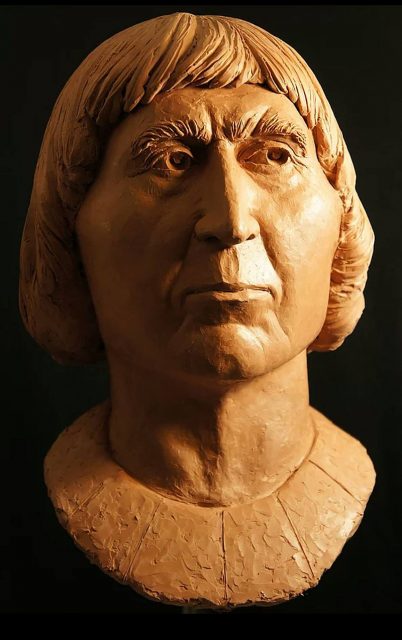
Instead of choosing one of the Scottish claimants, he selected John de Balliol, an English baron, to be king of Scotland.
Edward’s plan did not go well as Balliol would not declare that England was superior to Scotland. This led to him being defeated in battle by Edward in 1296 at Dunbar. Following the battle, Edward took Scotland and received oaths of fealty from over 2,000 Scots.
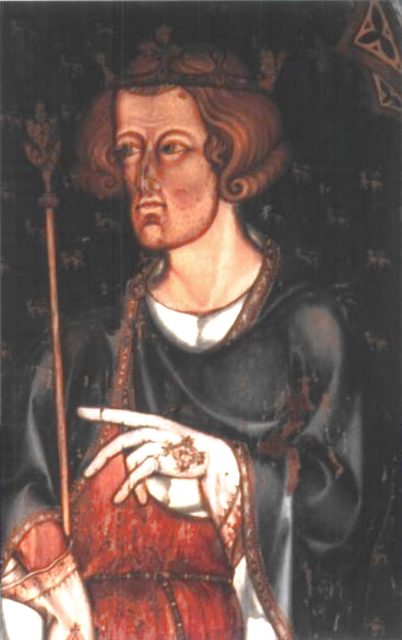
While Edward held Scotland, the Scottish nationalist movement was gaining momentum. They wanted to be free of the English and have Scotland ruled by Scots.
This resulted in leaders such as William Wallace fighting for independence, but they would be unsuccessful. Wallace’s battles would end with his execution, but his death was not the end of the fight for Scottish independence.
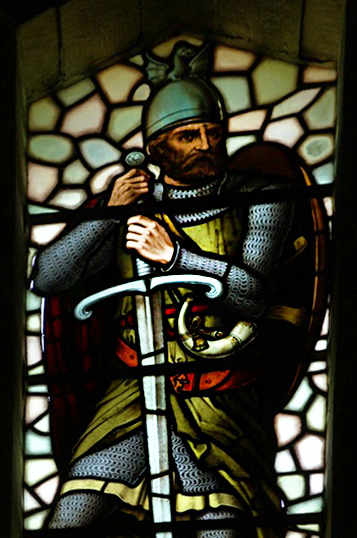
After Wallace was executed, Robert revived his family’s claim to the throne of Scotland. In 1306, he declared himself King of Scotland, and that did not sit well with Edward. To quash this rebellion, Edward sent a large army to fight Robert and his men.
The armies met at Methven where Robert was defeated and forced to become an outlaw. Robert continued his fight against Edward, even though he ended up being defeated a further five times.
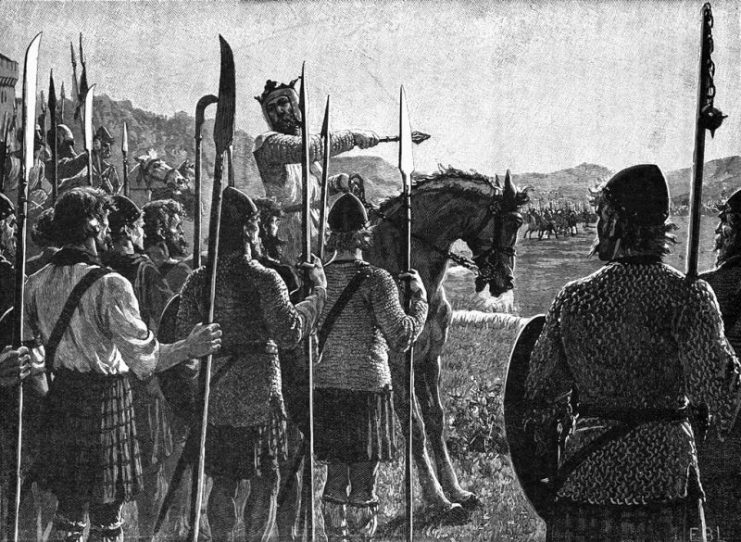
After the sixth defeat, Robert found himself exiled from his country and alone in a cave on the island of Rachrin. It is here, the tales tell us, that Robert came into contact with a spider, and the future of Scotland was shaped.
As Robert was in the cave, he started to think that he should give up the fight for Scottish independence. It had cost him the life of his brother, his wife was being held hostage by the English, and thousands of men had died in the fight from both sides.
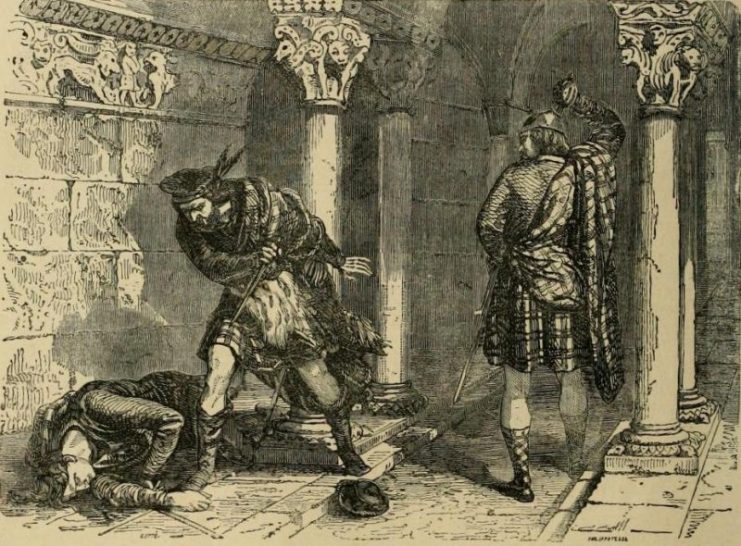
As he was thinking this, he saw a spider that was trying to build a web. She was trying to throw her thread to another cave wall but was not having much success. As he watched, the spider tried and failed six times.
This resonated with him as he had been defeated by the English six times. Feeling that this was a sign, Robert continued to watch the spider as she prepared for a seventh attempt. Robert determined that if the spider were to fail in this attempt, he too would fail in his seventh attempt against the English.
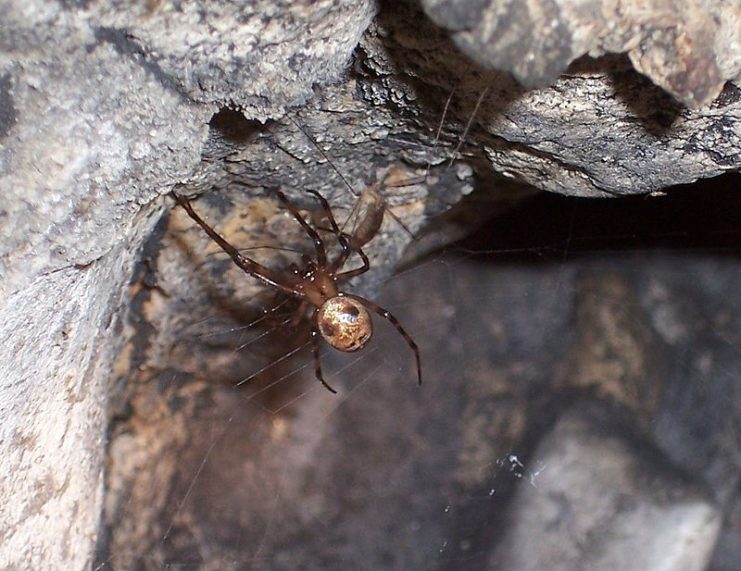
The spider started to swing on her line and made it to the other cave wall. Boosted by this display, Robert felt that he, too, would try again to take back his country. Leaving the cave, he called his men together and told them about his new plan.
The seventh attempt to drive the English from Scotland would take years. After his time in the cave, he would gradually gain more followers and become known as one of the greatest guerilla fighters of the time. He would recapture many of the castles that the English held, including Stirling Castle.
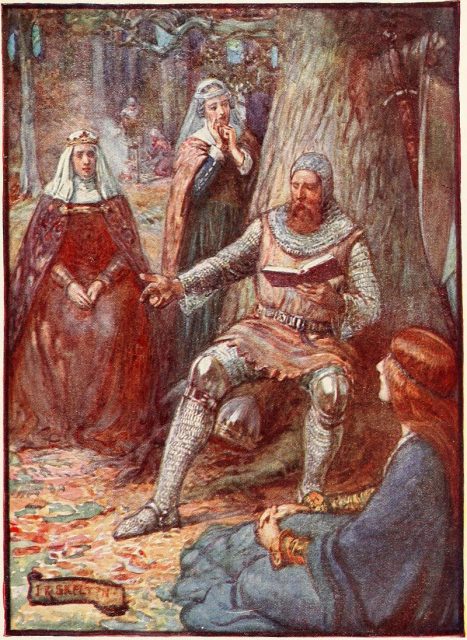
News of the fall of Stirling made its way to Edward II, who had taken over the crown of England after the death of his father. He mustered an army of 15,000 to 20,000 men for a large campaign to stop Robert. Robert was ready but commanded a much smaller force of only 5,000 to 6,000 men.
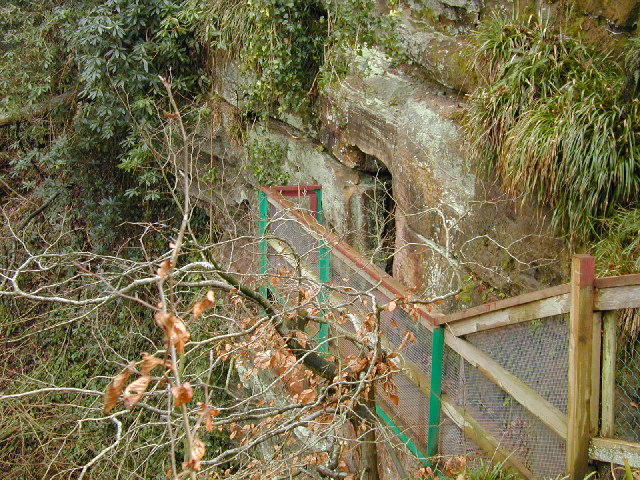
The seventh major battle began on 23 June on the high grounds of Bannockburn. Small battles had broken out between the two forces, but the English continued to march forward. The next day, they would meet the bulk of the Scottish forces outside the woods of New Park.
The majority of the Scottish forces were spearmen, and the English army had a formation designed to break them up. The problem for England was that they were not expecting to meet the army at this location and were still in marching order.
Read another story from us: The Battle of Largs – The Last Viking Attack on Scotland
As a result, they did not have time to form the correct battle formations, and their cavalry was restricted in the tight environment. In the end, Edward II was forced to flee the battlefield, and the English forces were repelled from Scotland.
It would still be years before an agreement was reached regarding Scottish independence in 1328. However, the legend of Robert the Bruce and the spider that inspired him to keep fighting is still well known.
